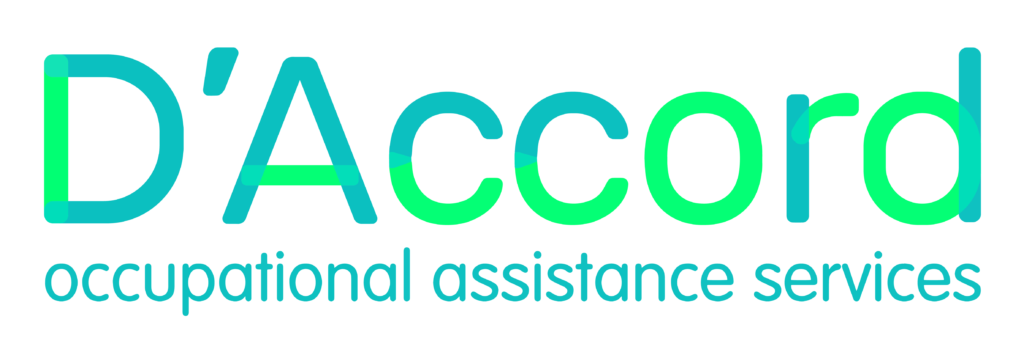What happens when there is harassment in the workplace? How bad is the impact to employees and the organization? Studies show that harassment in the workplace can increase the risk of depression, anxiety, posttraumatic stress disorder, and suicide.
From the organization’s decision-makers’ standpoint, if you don’t tackle this issue, it will become a snowball that could negatively impact the organization. The first step in tackling the problem is to understand what constitutes workplace harassment.
And after that, you need to measure, from clear policies to responsive action proactively, which can help mitigate risks and address issues before they escalate, even those that might require a specific response, such as critical incident stress debriefing. This article will clarify what harassment is, what to look for, and how to prevent it.
What is Harassment in the Workplace?
Referring to the definition offered by Australian Public Service Commission, harassment in the workplace entails offensive, belittling or threatening behavior directed at an individual or group.
The behavior is unwelcome, unsolicited, unreciprocated, and usually, but not always, repeated. Those in power do not always commit harassment. While harassment often involves a power imbalance, it can also occur between peers or even from a subordinate to a superior.
It creates an intimidating environment among workplace stakeholders. Harassment can be a single severe event or a pattern of less severe behavior that, over time, becomes pervasive and offensive. Harassment often relates to the following characteristics:
- age
- disability
- gender reassignment
- race
- religion or belief
- sex
- sexual orientation
A thriving culture that fosters a strong sense of well-being is often rooted in respect. However, you cannot achieve that culture by relying on the power of positive thoughts alone; it requires clear boundaries and policies to ensure no one feels victimized.
What Are Some Signs of Workplace Harassment?

Workplace harassment isn’t always obvious; it often manifests through subtle signs where you can easily miss if you don’t observe it carefully. These signs typically show up in the victim’s behavior. To know the signs that can entail workplace harassment, you can see:
- Behavioral changes: An employee may become withdrawn, isolated from colleagues, or avoid certain meetings, projects, or spaces in the office. They might show a decrease in productivity, appear unmotivated, or excessive absenteeism or lateness.
- Emotional distress: The person may display increased anxiety, irritability, depression, or mood swings. They may seem overly emotional or on edge. The psychological toll of these experiences often presents as signs of emotional trauma in adults, which should be taken seriously.
- Physical symptoms: These can include frequent headaches, stomach issues, difficulty sleeping, or fatigue, often stemming from the chronic stress caused by the harassment.
Recognizing these indicators is crucial for leaders of organization like you, especially if you understand the importance of mental health at work, and want to create work environment that is safe for every employee.
What are Examples of Harassment at Work?

Harassment can take many forms, from verbal to physical, and can occur in-person or through digital channels. Providing clear examples is essential for a comprehensive understanding.
- Verbal Harassment: This includes using offensive or derogatory slurs. It shows inappropriate jokes, making demeaning comments about an employee’s appearance, religion, or background, or making threats. It’s important to remember that harassment can affect anyone, regardless of gender, which is why understanding issues related to men’s mental health in the workplace is just as vital.
- Physical Harassment: This involves unwanted physical contact, assault, blocking a person’s path, or threatening physical gestures.
- Sexual Harassment: This includes unwanted sexual advances, propositions, or requests for sexual favors; sharing sexually explicit content; or making unwelcome comments about someone’s body or sexual orientation.
Here are some examples of harassment in workplace:
- Age: Making offensive jokes about a person’s age or making negative assumptions about their abilities because they are either “too old” or “too young.”
- Disability: Mocking a person’s physical or mental impairment, making inappropriate comments about their condition, or deliberately excluding them from work activities because of their disability.
- Race: Using racial slurs, making jokes about a person’s ethnic background, or stereotyping individuals based on their race or nationality.
- Sex & Sexual Orientation: Unwanted sexual advances, inappropriate comments about a person’s body, gender, or appearance, and using derogatory language about a person’s sexual orientation.
- Religion or Belief: Ridiculing a person’s religious beliefs or practices, making offensive remarks about their faith, or pressuring them to adopt a different set of beliefs.
Observing an employee’s behavior for signs of distress is an important part of managing a team. If a team member’s behavior changes, such as becoming withdrawn or anxious, it may be a sign that an employee is struggling with a serious issue that requires intervention.
The Impact of Workplace Harassment

The consequences of workplace harassment are severe and far-reaching. Research published in emerging science journal show that the turnover intention is inevitable when harassment happens. If the staff turnover is high, it means the organization’s management is in fraud.
For the individual experiencing harassment, the impact can be profound, leading to significant mental health issues like:
- anxiety
- depression
- PTSD
- physical symptoms
- loss of career trajectory
For the team and company, the impact includes a breakdown of morale and trust, reduced productivity, and a toxic work environment that can harm the company’s reputation and lead to costly legal action.
In severe cases, a harassment incident can become a crisis, requiring a specific and structured response. Knowing how to react in such a situation is crucial, so having a firm understanding critical incident method is vital for any organization.
How to Prevent and Address Workplace Harassment?
Preventing and addressing workplace harassment requires a proactive and multifaceted approach. It begins with establishing a strong, transparent anti-harassment policy that clearly defines unacceptable behaviors, outlines a clear reporting procedure, and guarantees non-retaliation.
Managers and leaders must also receive regular training on how to recognize and respond to harassment. Fostering a genuinely inclusive culture that values diversity in the workplace is one of the most effective preventative measures. When employees feel respected and a sense of belonging, the environment is less likely to tolerate negative and offensive behavior.
Understanding harassment and its causes is a vital first step. If your workplace is experiencing conflict, communication breakdowns, or behaviors that could lead to harassment, a proactive approach is key. Explore D’Accord OAS’s Mediation services to help resolve workplace disputes and build a more respectful and harmonious environment.











